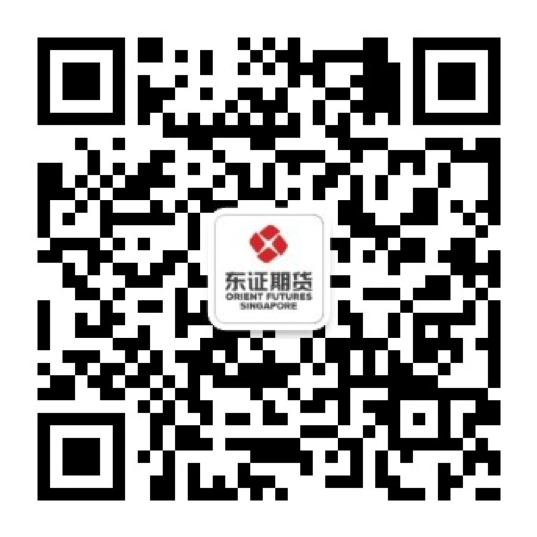Japan’s Osaka Exchange (OSE), formerly known as the Tokyo Commodity Exchange (TOCOM), stands as a pivotal hub in the global rubber trade. With a legacy dating back to 1952 as the first country to launch rubber futures trading, OSE’s contracts for Ribbed Smoked Sheet (RSS) rubber have long served as an international benchmark. However, recent developments and a complex interplay of global factors are creating a highly dynamic and often contradictory landscape for Japanese rubber futures.
The Osaka Exchange: A Hub for Rubber Futures
The OSE continues to innovate, demonstrated by its recent
listing of Shanghai Natural Rubber Futures on May 26, 2025. This cash-settled
contract aims to provide valuable hedging tools for both Japanese and
international corporations, enhancing market liquidity through arbitrage
opportunities between major Asian rubber markets. This move underscores Japan’s
commitment to maintaining its central role in facilitating rubber price
discovery and risk management.
Key Drivers and Contradictory Signals in the Market
The Japanese rubber futures market is currently influenced by a confluence of factors, presenting a nuanced picture for traders:
Supply Dynamics – While some recent reports suggest a “firmer supply outlook”, the reality on the ground indicates persistent challenges. Thailand, the world’s largest natural rubber producer (accounting for 35% of global supply), faces twin threats: extreme weather events, including the crucial monsoon season (July-October), which risks interrupting tapping and production, and widespread leaf disease outbreaks. Projections for Thai production growth in 2025 are notably low at just 0.4%, falling far short of projected demand increases. Competitors like Vietnam and Indonesia are currently unable to fully offset these losses, leading to concerns about a short-term global supply crunch despite broader hopes for improved supply later in the year.
Demand Trends and China’s Influence – Demand remains a critical variable, particularly from the automotive sector, which consumes roughly 70% of global rubber, primarily for tire manufacturing. China’s domestic automotive industry is experiencing a price war, leading to a recent month-on-month decline in China’s rubber prices as fears of oversupply dampen local demand. However, a contrasting trend is the surge in China’s auto exports, which jumped 16% in Q1 2025, with New Energy Vehicles (NEVs) making up a significant portion. This robust export growth could provide a stabilising, and eventually boosting, effect on global rubber demand, offsetting domestic weaknesses.
Geopolitical Tensions and Tariffs – The ongoing U.S.-China trade war continues to cast a long shadow. Combined tariffs on rubber imports could potentially escalate to 85.6% if a current truce (which saw rates reduced from 34% to 10%) expires in August 2025. Separately, Japan’s existing 25% tariff on Chinese tires remains in place, which, while a challenge for importers, offers a boon for domestic rubber buyers by encouraging local sourcing. These trade policies introduce significant uncertainty and volatility into the market.
Recent Market Movements and Trends
The market has reflected these mixed signals. Despite concerns over a looming supply surge hitting futures prices, the OSE October 2025 contract recently closed 2.1% higher, indicating some short covering. Earlier in May, TOCOM futures even hit a three-month high of 389.3 yen/kg, driven by investor panic over shortages (contradicting the notion of a general supply surge), highlighting the complex interplay of immediate market perception versus longer-term forecasts. Overall, global rubber futures have seen mixed performance, with declining trading volumes on major exchanges as traders adopt a cautious stance, often keeping prices confined to a tighter range, such as the 285–300 yen/kg seen since late 2024.
Navigating the Future of Japanese Rubber Trading
The Japanese rubber futures market is operating at a
critical juncture, balancing global supply constraints driven by weather and
disease, shifting demand dynamics from China’s dual domestic and export
markets, and the pervasive influence of geopolitical and currency volatility.
For traders and investors, success in this environment will hinge on diligent
monitoring of these interconnected factors. Understanding the fundamental
supply-demand picture, tracking key policy shifts, and leveraging tools to manage
currency exposure will be paramount in navigating the complex and dynamic
landscape of Japan’s rubber commodities trading.
东证期货国际(新加坡)简介
东证期货国际(新加坡)私人有限公司是上海东证期货有限公司的直属全资子公司,也是东方证券股份有限公司的间接控股子公司。
作为持有新加坡金融管理局(MAS)颁发的《资本市场服务许可证》的机构,我司提供全方位资本市场服务,涵盖证券、场内衍生品、场外衍生品及杠杆外汇等多类产品。
东证期货新加坡是亚太交易所、新加坡衍生品交易所以及洲际新加坡交易所的交易和清算会员,为客户提供覆盖国际市场的综合交易服务。



